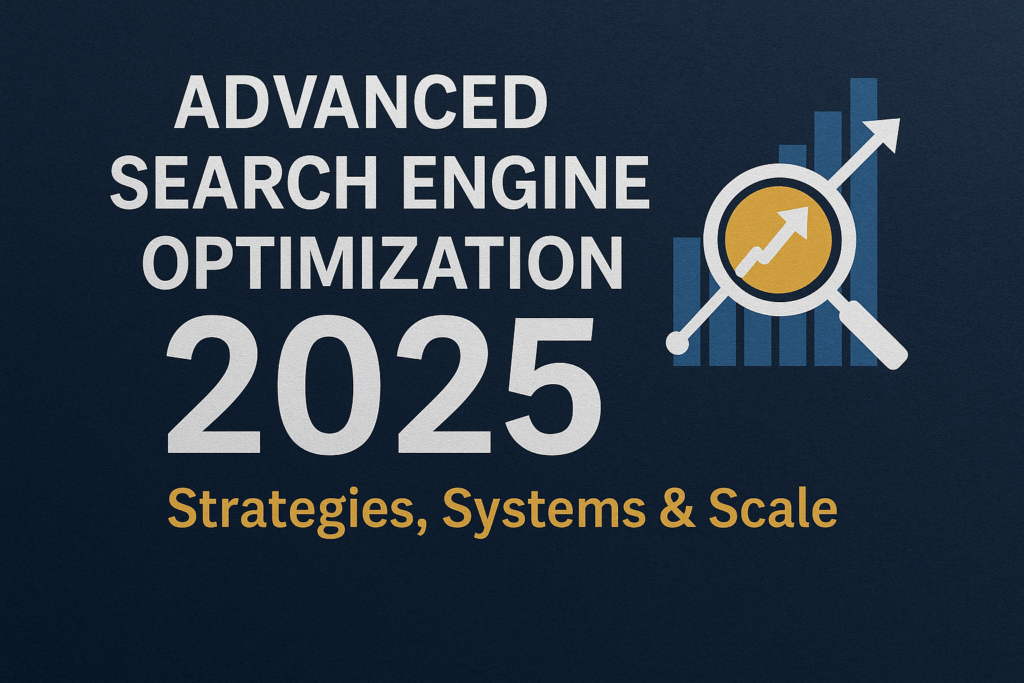Keyword Marketing in 2025: How to Drive Traffic and Sales with Smarter Search Strategies
I. Introduction (150–200 words)
In the ever-evolving digital world, keywords remain the beating heart of discoverability. Whether you’re running an online store, a SaaS company, or a blog, keywords serve as bridges between what people search for and the content you offer. With the massive increase in competition and changes in how search engines work, keyword marketing is no longer just about stuffing your pages with exact matches—it’s about strategy, intent, and value.
In 2025, keyword marketing has matured into a dual-pronged approach: leveraging both organic search (SEO) and paid search (PPC). Understanding how to use keywords across both channels is crucial to increase visibility, attract the right audience, and boost conversions. This blog breaks down the essentials of keyword marketing, explains why keywords are still critical, and offers tactical insights into PPC and SEO strategies. Ready to unlock smarter search success? Let’s begin.
II. What Is Keyword Marketing? (150–200 words)
Keyword marketing refers to the strategic use of keywords to promote content, products, or services online. It encompasses both paid advertising through platforms like Google Ads and organic search engine optimization.
In SEO, keyword marketing helps you create content that aligns with what your audience is searching for. In PPC, it enables you to target high-intent users ready to take action. Both approaches aim to make your brand more discoverable by showing up in search engine results when your potential customers type relevant queries.
By identifying and using the right keywords, businesses can connect with their target audience at different stages of the customer journey—whether they’re looking for information, comparing options, or ready to buy. It’s not just about getting traffic, but getting the right traffic.
III. Why Are Keywords Critical in Digital Marketing? (200–250 words)
Keywords are the digital breadcrumbs that guide users to your content. They give insight into user intent and behavior. Whether someone types “best vegan protein powder” or “cheap protein powder near me,” the language they use reflects their needs, urgency, and readiness to act.
This is where keyword marketing shines: by aligning your content or ads with those phrases, you meet people where they are. It’s also one of the few marketing strategies that offer detailed data tracking. From impressions and clicks to conversions and bounce rates, keyword campaigns can be continuously refined.
Another reason keywords are vital? ROI. Organic search often delivers long-term visibility at a lower cost, while paid search provides faster, high-intent traffic. The ability to measure performance using tools like Google Analytics or Search Console allows marketers to calculate cost-per-click, conversion rates, and ROI for every campaign.
In short, keyword marketing empowers businesses to drive relevant traffic, analyze behavior, and refine their digital presence continuously. Ignoring keywords in 2025 is like trying to navigate without a map.
IV. Keyword Marketing for PPC Success (600–700 words)
1. Identify Relevant PPC Keywords
Start with brainstorming seed keywords—these are basic terms your audience may search for. Use search suggestions, related searches, and keyword planners. Focus on commercial and transactional intent (e.g., “buy running shoes,” “order pizza near me”).
Assess each keyword for:
- Search volume: how many people search for it?
- CPC (cost per click): how much will it cost to bid on?
- Competition: how many advertisers are bidding on it?
2. Analyze Your Competitors
Study your competitors’ ads using platforms like the Google Ads Transparency Center. Note their messaging, keywords, and value propositions.
Reverse-engineer what seems to be working:
- What headlines are they using?
- Which keywords appear frequently?
- What landing pages are linked?
3. Create Organized Keyword Groups
Segment your keywords by:
- Theme (e.g., “running shoes”)
- Audience intent (e.g., research vs. purchase)
- Product type or service category
Use spreadsheets or free keyword grouping tools to keep track. This makes your ads more relevant and improves Quality Score. Align each group with a dedicated landing page and tailor the ad copy accordingly.
4. Write High-Converting PPC Ads
A compelling PPC ad includes:
- Strong headlines with your keyword
- A relevant display URL (e.g., yourbrand.com/running-shoes)
- A persuasive description
- A clear CTA (Buy Now, Get a Quote, etc.)
- Unique Selling Points (USPs) and emotional triggers
Don’t forget to add extensions like callouts, sitelinks, and price extensions for greater visibility.
5. Launch and Optimize PPC Campaigns
Set up your ad groups with:
- Clear targeting (location, language, device)
- Defined budgets and bidding strategies
Once your ads are live, monitor:
- CTR (click-through rate)
- CPC (cost per click)
- Conversion rate
Refine your strategy based on the data. Test different headlines, keywords, and offers to see what converts best.
V. Keyword Marketing for Long-Term SEO Growth (600–700 words)
1. Find Relevant SEO Keywords
Start with a seed keyword, then expand using free tools like Google Keyword Planner, AnswerThePublic, or Ubersuggest.
Look for:
- Relevance to your niche
- High search volume with manageable competition
- Seasonal or trending topics
2. Choose the Right Keywords
Focus on a mix of:
- Short-tail keywords (e.g., “laptop”)
- Long-tail keywords (e.g., “best laptops under 500 in 2025”)
Evaluate keyword difficulty and pick terms with clear intent. Prioritize those that align with your audience’s needs.
3. Analyze Search Intent and SERP Features
Search the keyword on Google and ask:
- What type of content ranks?
- Are there videos, snippets, FAQs?
Match the format and exceed the quality. Structure your content to outperform the top 10 results.
4. Create SEO-Optimized Content
Follow on-page SEO best practices:
- Include the primary keyword in the title, meta description, URL, H1/H2s, and first 100 words
- Write original, valuable, and scannable content
- Add visuals, videos, and alt text
- Use internal linking wisely
5. Publish and Monitor Content Performance
Track your content using:
- Google Search Console for rankings and impressions
- Google Analytics for organic traffic and behavior
Update underperforming pages. Adjust CTAs, improve headings, and add more value.
VI. Combining SEO and PPC for Maximum Impact (150–200 words)
The smartest marketers in 2025 blend both SEO and PPC to dominate search real estate. Here’s why:
- Use PPC to test keyword performance quickly
- Scale winning terms into long-term SEO content
- Retarget SEO traffic with paid ads to boost conversions
- Maintain consistent messaging across both channels
This synergy improves ROI and brand visibility. Instead of choosing one or the other, integrate both for a stronger digital marketing strategy.
VII. Conclusion and Action Steps (100–150 words)
Keyword marketing in 2025 isn’t just about visibility—it’s about smart visibility. When used right, keywords help you reach the right audience at the right time, whether through a Google ad or a blog post.
To succeed:
- Combine SEO and PPC based on your business goals
- Stay updated on keyword trends and user behavior
- Focus on intent, relevance, and value in all content
Start by auditing your top-performing pages and campaigns. Look for keyword gaps, optimization opportunities, and ways to align better with user intent.
Keyword marketing is evolving—but its core principle remains: connect people with the information they need. Do it smarter in 2025, and you’ll stay ahead.







